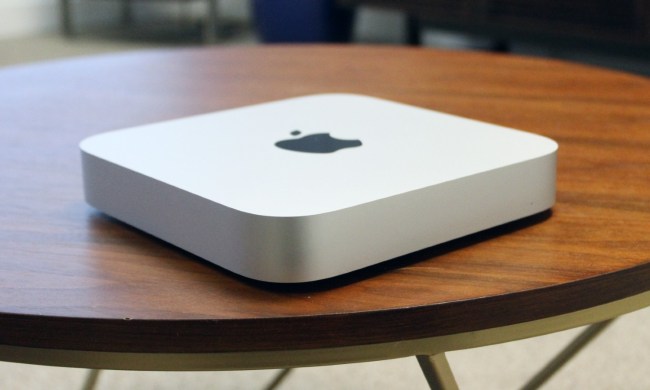
There’s no laptop quite like the MacBook Pro right now. No alternatives on the Windows side can match the power, efficiency, and battery life in a laptop of this size — and that’s not even mentioning the Pro’s premium features and design.
There are, however, a few laptops that come close, while undercutting it significantly in price. So, if you’re looking for a proper Windows alternative to the more powerful configurations of the MacBook Pro, or even just a cheaper laptop that can replicate some of what the MacBook Pro can do, here are a few solid options to consider before shelling out the cash on a MacBook Pro.
HP Envy 16
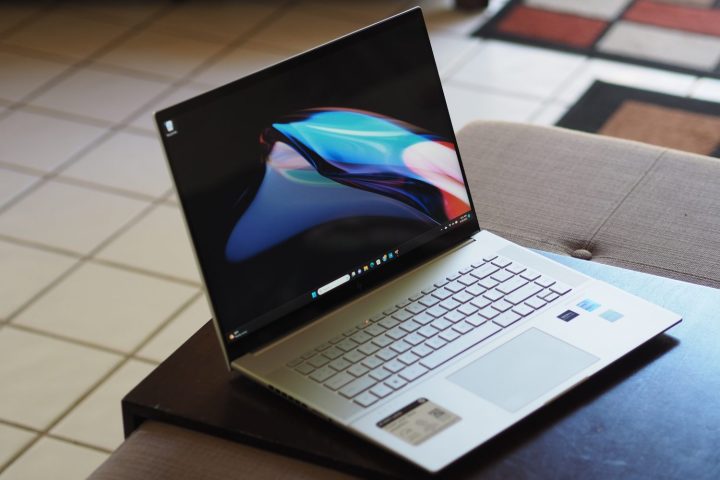
The HP Envy 16 is one of the cheaper laptops you can buy that can squeeze a ton power under the hood. You can currently buy a 2023 version of the Envy 16, which is the latest model, for $1,349 at Best Buy. Mind you, this comes with an RTX 4060, a Core i913900H, 16GB of RAM, and 1TB of storage. That’s quite a powerful piece of kit for that price.
The design is fairly nice too, with a silver metal chassis, a great keyboard and trackpad, and plenty of ports. It’s missing a full-size SD card slot, unfortunately, but the other ports you might need are all available, including USB-A, which the MacBook Pro doesn’t have.
It’s slightly thicker and heavier than the 16-inch MacBook Pro, weighing 6 pounds and measuring at 0.78 inches thick. You’re going to feel that almost entire extra pound of weight when you carry this around. And, of course, the RTX 4060 is as high as the graphics go, which won’t get you close to what the M3 Max can do. For the price, however, this could be a great option, especially if you’re just starting out in the world of content creation.
Lenovo Slim Pro 9i
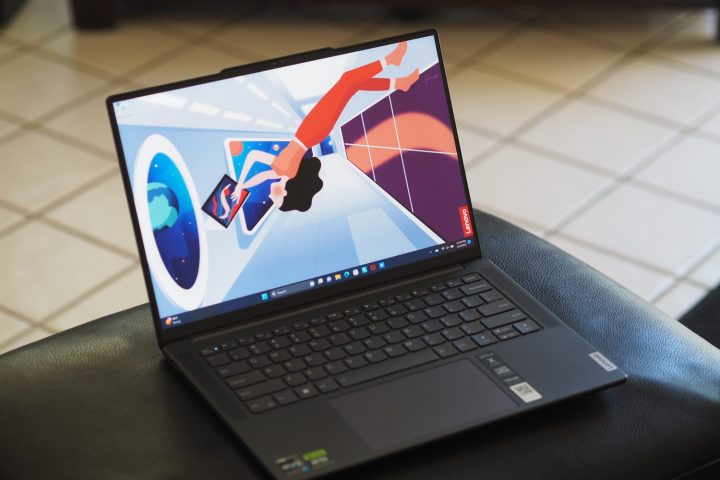
The Lenovo Slim Pro 9i comes in both 14-inch and 16-inch sizes, and like the HP Envy 16, it maxes out at an RTX 4060. The 14-inch model, however, does a pretty job of emulating the 14-inch MacBook Pro, especially the M3 Pro configuration. Unlike the Envy 16, the Slim Pro 9i is offered with an option for a high-resolution, mini-LED screen that does a good job of competing with the MacBook Pro’s excellent screen. It doesn’t come with every configuration like the MacBook Pro does, but it’s also significantly cheaper.
The Slim Pro 9i also does a solid job of replicating the footprint and size of the MacBook Pro, nearly matching it in thickness and weight. Again, being locked at an RTX 4060 means it can’t compete with the M3 Max, but the Slim Pro 9i is a great option if you want something cheaper that also comes with a fantastic screen.
Asus ProArt Studiobook 16
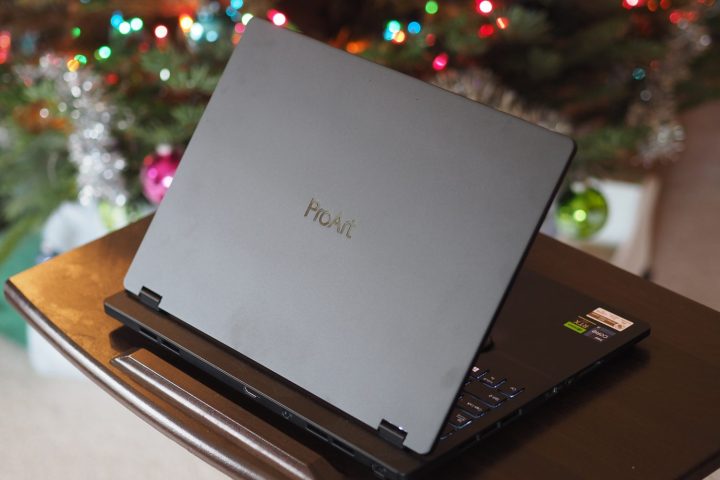
The Asus ProArt Studiobook 16 kicks up the performance from the previous two options, offering up to an RTX 4070, which is a significant jump over the RTX 4060. It’s a bit tough to find, however, as the RTX 4060 configuration is more widely available. While the Studiobook 16 is a bit more expensive than the Envy 16 and Slim Pro 9i, it includes a very impressive 120Hz OLED screen that increases its value. If you really want to go crazy, there’s even a 3D version available.
It should be noted that the Studiobook 16 is a bit chunkier than any of the other options, coming in at 0.94 inches thick. It also has a thermal shelf on the back, making for a larger footprint on the table. In exchange, you get some great performance, the aforementioned OLED screen, and the unique Asus Dial, which could come in handy for some applications and workflows.
Dell XPS 14
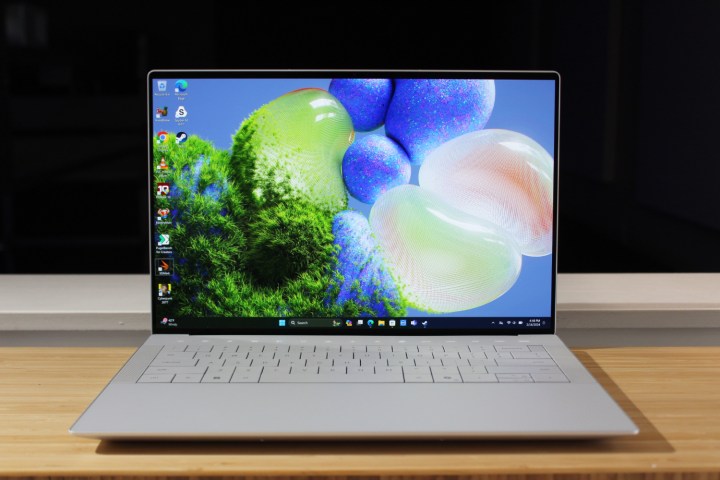
The Dell XPS 14 is the prettiest laptop on this list, and it might be the one laptop that outdoes the MacBook Pro in terms of design. Between the seamless haptic feedback trackpad and the super-slick keyboard, the XPS 14 makes even the MacBook Pro look a bit outdated. The incredible OLED panel is also a good rival to the MacBook Pro’s that adds touchscreen capabilities into the mix.
However, it can’t quite compete with the MacBook Pro in terms of performance, as it’s limited to the RTX 4050 in terms of graphics. It’s also fairly lacking in ports, while going toe-to-toe in terms of price. There’s also a larger XPS 16 available that offers better performance with up to an RTX 4060. We haven’t tested that one ourselves yet, but it’s sure to be a serviceable alternative to the MacBook Pro, even if it can’t quite compete against the M3 Max.
I haven’t mentioned battery life so far on this list, and that’s because none of these options comes anywhere close to the MacBook Pro in that regard. Apple’s laptops nearly double most of these in our battery tests, and that’s an aspect of these machines that just can’t be duplicated. The XPS 14, while offering decent battery life considering the resolution of the screen, is no different.
Asus ROG Zephyrus G14
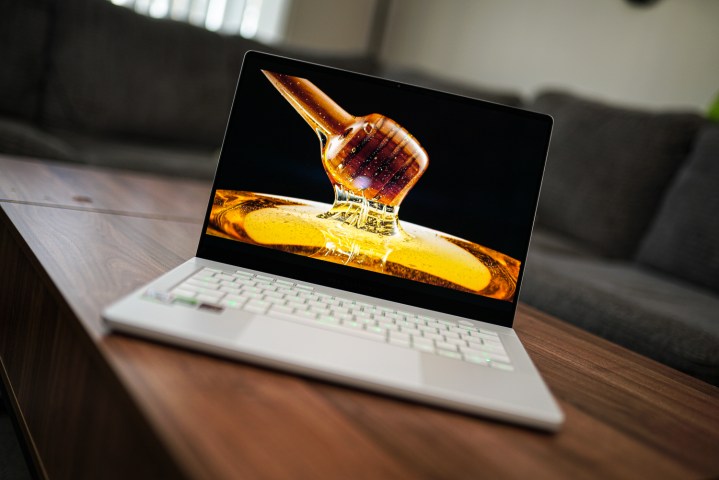
There are plenty of gaming laptops I could have included on this list based simply on raw performance. But in terms of being a true MacBook Pro competitor, they didn’t really make sense. Even options like the Razer Blade 16 or Alienware x16 that put design first tend to stick out like a sore thumb compared to the other options on this list. However, the redesigned ROG Zephyrus G14 this year has a very strong crossover appeal that works for both gamers and creatives.
As far as being able to replicate the insane efficiency of the 14-inch MacBook Pro, you’ll be hard-pressed to find a better option. It matches the MacBook Pro in terms of a premium build, as it’s adopted an all-aluminum chassis this time around. It’s also dramatically increased the size of the touchpad, while reducing the thickness and weight of the overall laptop. It’s now right around the size of the MacBook Pro.
The new G14 also adds an incredible 120Hz OLED panel, while allowing for configurations of up to an RTX 4070. In terms of performance, that makes this the best overall alternative to the MacBook Pro M3 Max. If you go for the larger ROG G16, you’ll even get an option for the RTX 4080. It’s as close to the complete package that we have for a true alternative to the MacBook Pro right now.


